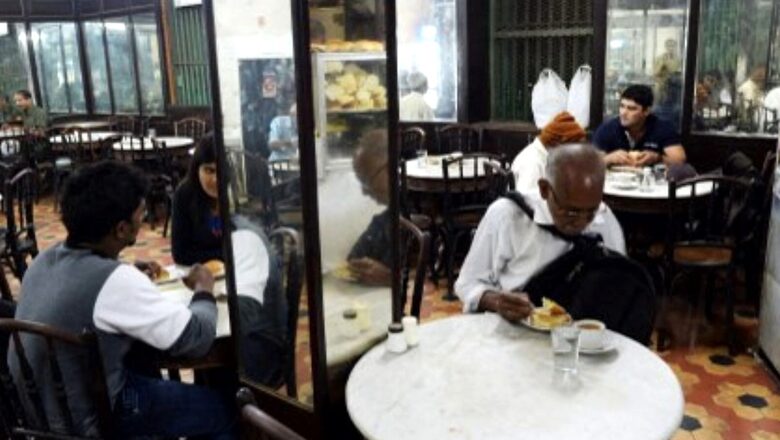
views
On the other hand, the word Irani has given me such love, affection and acceptance like the Iranis of Boman Irani’s family, who remain my rock and pillar. And above all the Iranis of the Irani cafes, which have been a haunt and refuge for me since I was a teenager trying to escape the mayhem of life to find a quiet corner with a chai, a bun and a book. Later, the same Irani cafés served as a clandestine place to hang out with friends and guzzle a few beers and nourish a few romances.
The Irani cafe through my years at college near Fort, was a constant. There were Irani cafes at every corner from Dhobi Talao to Colaba – Kayani, Bastani, Sassanian, Wayside Inn, Mayrose to name a few. Towards VT Station, there was Café Excelsior, Café Empire, Café Majestic, Café India, Café Light of Asia, and I could go on and on. Some had a staple of chai, bun, brun and maska. The others added a bunch of simple sandwiches, omelettes, akuri, samosas and patties. And some served beer and Parsi dishes like dhansak, keema salli, cutlet and biryani.
Today, most of them have shut shop but I went looking for two cafés that I had not visited in over 40 years. The first Café Colony at Dadar TT, at the foot of the iconic Tilak Bridge and named after the two colonies that lie on each side of it – Hindu Colony and Parsee Colony. And the other with a fancy French name, in a narrow thoroughfare to Girgaum – Café De La Paix.
Café Colony is a buzzing Irani restaurant that is always full of local residents catching up over cups of tea, brun and bun-maska. Breakfast there is a cacophony of elderly Parsis chattering in Gujarati, and being answered back by their Maharashtrian friends in Marathi or English. It’s a medley that is the sound of friendship and camaraderie. The café is nearly 90 years’ old and has been host to regulars such as Dr BR Ambedkar sitting in corners deep in conversation.
I wanted to taste everything possible. The old owner, Agha Nazariyan, was missing as he visits only in the evening but his two children, Mirza and Bibi Fatehmeh, welcomed me and organised a table with great difficulty. I started with the customary chai and brun-maska, but to that I added a plate of malai. It was a very Parsi breakfast – toast and malai with sugar. My brun pav was warm, crisp on the outside, soft on the inside and slathered with Amul butter. On that buttery slice, I smeared a dollop of warm cream that had probably just been skimmed off a pot of hot milk.
Fatehmeh insisted I sprinkle some sugar, which I happily did. It is indeed the most delicious way of eating bread and butter, and I was in heaven. I continued to alternate between dipping the buttery brun in hot Irani chai, and then anointing the slice of bread with cream and sugar, till I had consumed the whole bun, malai and chai.
The Nazariyan siblings have, over a period of time, added many more dishes to the menu. There are specials on a daily basis and the food is Irani, Parsi and Mughlai. Besides a wide variety of eggs, there is paya, bheja, keema and much more. I asked for the dal gosht (tender meat cooked in thick masala lentils). As winter approaches, they make mutton paya curry (trotters of goat) cooked in a spicy broth and sticky from all the natural gelatin, served with soft Irani pav. It was a delicious meal. I ended lunch with a few pieces of Irani gaz, which is an Iranian nougat made from pistachio, almond, rose water and camel milk. It is chewy and delicate. I also tried some cold caramel custard and a warm, small piece of bread pudding. What I liked the most was that right outside the café on the footpath, they have two wooden benches. I staggered outside as the sun started to set and the heat had weakened. I plonked myself on that bench, the traffic a blur, and decided that I had to rest after that meal.
The next day, I went to Café De La Paix. It is on the road that leads from the Royal Opera House to Girgaum’s Portuguese Church – a road I have walked a thousand times. I used to live in the vicinity. Café De La Paix was an asylum in my smoking days. Hiding from the family, I would escape into a corner of the café, order some chai, light up a ciggy and watch the world pass by those huge arched doors of the café.
Gustaad Irani’s grandfather started this café with a French name, acceding to the old landlord’s love for France and French cafés so much so that even the old art deco building has a French name called Villa Bellevue. The café is now a bit quiet, and runs basically on chai, buns and eggs – sali par eedu (eggs on fried potato straws), akuri (Parsi-style spicy scrambled eggs) and a variety of Maggi noodles. Café De La Paix has a group of loyalists, who come nearly every day and plot how to stop this old café from permanently closing down.
Gustaad single-handedly runs the front, the kitchen and the service. On order, he disappears into the kitchen and cooks up the most fabulous Parsi feast – kolmi na patia (sweet, sour and spicy prawns), a popular Parsee dish, salli chicken (spicy chicken garnished with potato straws) and keema pav, a dish which a good Irani café will always be judged by. This café has a sense of calm and peace, a place one could actually take refuge in from the bustle of life.
I had my meal and just sat there with a sad feeling that I might probably be the last generation of Mumbaikars to be able to be in an old Irani café.
Read all the Latest Lifestyle News here














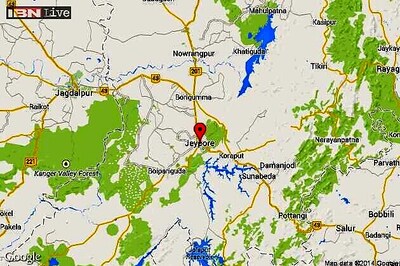
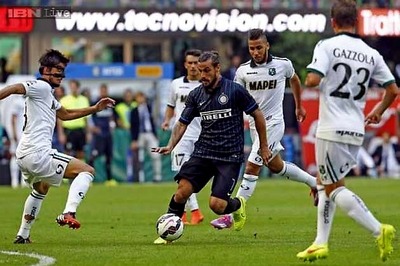


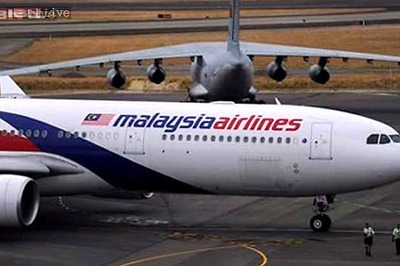
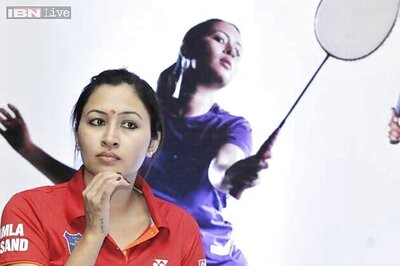
Comments
0 comment